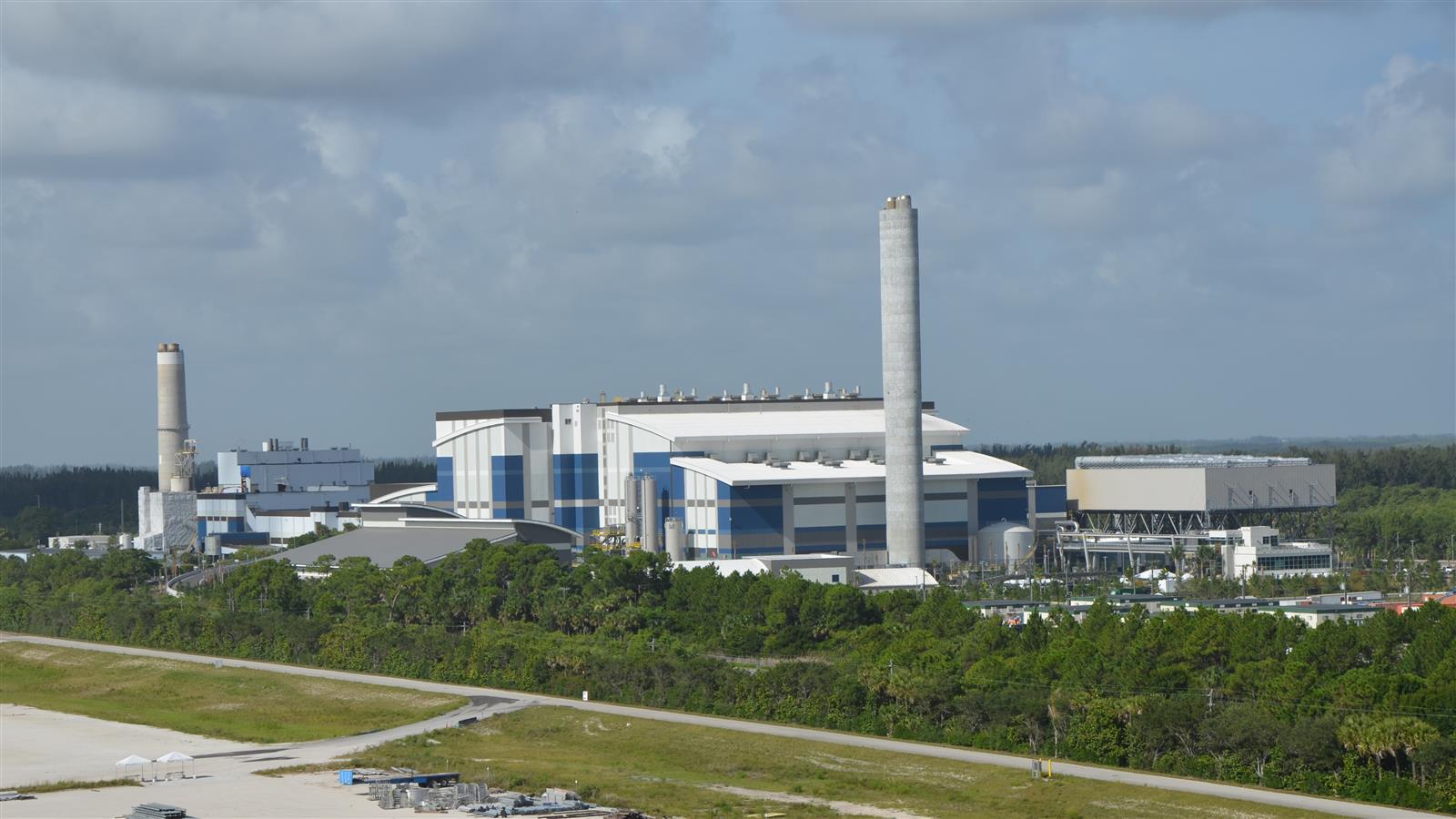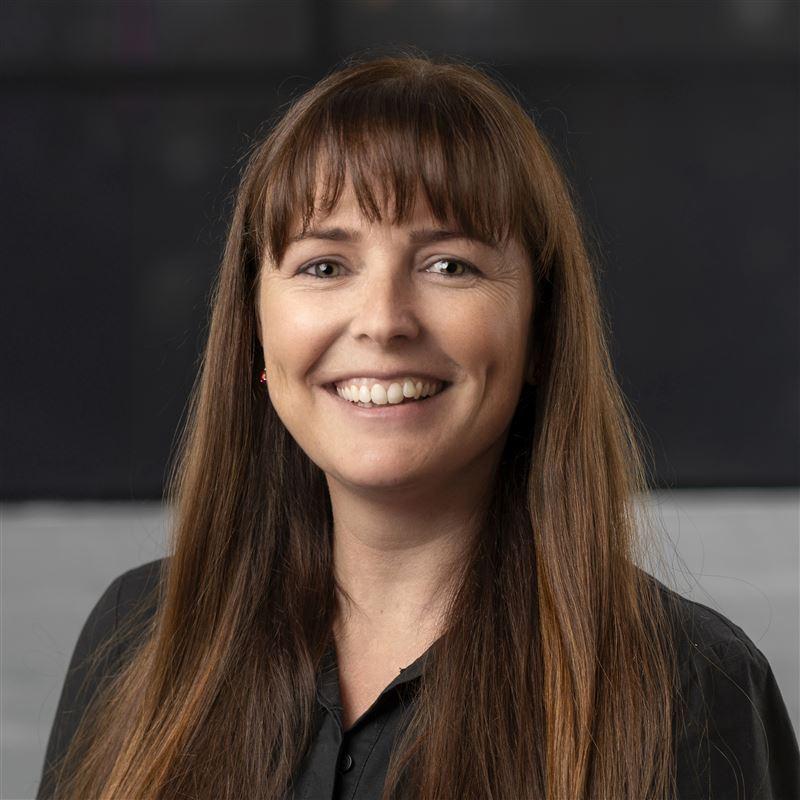Renewable Waste-to-Energy Facility Fuels Florida County
The Solid Waste Authority (SWA) of Palm Beach County expanded its award-winning solid waste management system, adding a new waste-to-energy or renewable energy facility—the first of its kind to be built in the United States in more than 15 years—to its Palm Beach County Renewable Energy Park. CDM Smith collaborated with Babcock & Wilcox Power Generation Group Inc. and KBR to provide this new, 3,000-ton-per-day mass burn renewable energy facility, which now processes solid waste for the county’s 1.3 million residents and businesses.
With the capacity to process 1 million tons of municipal solid waste per year, the new renewable energy plant generates approximately 100 megawatts, enough electricity to power 44,000 homes, and significantly reduces landfilled waste in Palm Beach County by up to 90 percent. Our involvement in the over $670 million project included design-build responsibilities for a LEED® Platinum-certified visitor center and an elevated walkway between the visitor center and refuse building. The center’s green features include an elevator gallery penthouse on the rooftop, planted roof garden and rain garden. Photovoltaic sun canopies covering the surrounding parking areas and sidewalks outside of these buildings add to the site’s sustainability.
Water conservation is another key project component. We designed an industrial-sized rainwater harvest system projected to capture 10 to 12 million gallons of rainwater per year from 7 acres of roof, reducing the facility’s demand for process water by approximately 15 percent. We also employed an energy-efficient, cascading water management system that appropriates water to areas of the facility according to the quality of water needed for different processes. This innovative system serves as a model for minimizing the need for clean water sources, while maximizing the recycling of water within a facility and reducing the need for wastewater treatment and disposal.
We were also responsible for the design and construction of the tipping floor, air pollution control, ash handling and maintenance/warehouse buildings. Included in the construction of those buildings was enhanced architectural treatment, fire protection, utilities, electrical, structural, heating, ventilation, air conditioning and plumbing services.

This project minimizes the need for clean water sources, while maximizing the recycling of water and reducing the need for wastewater treatment and disposal.









